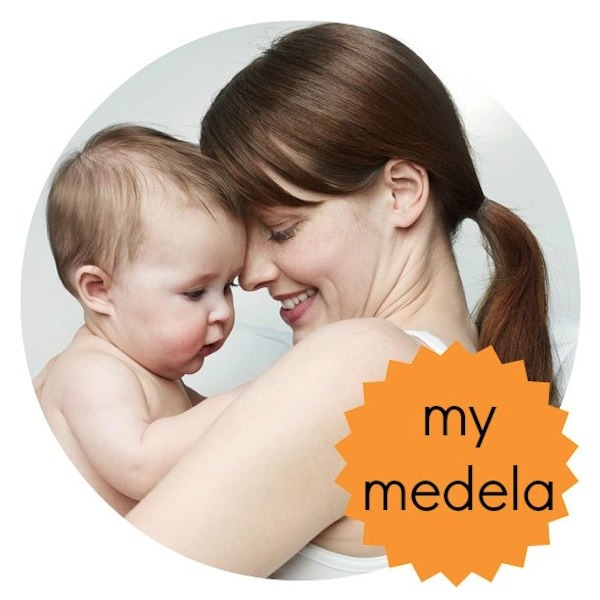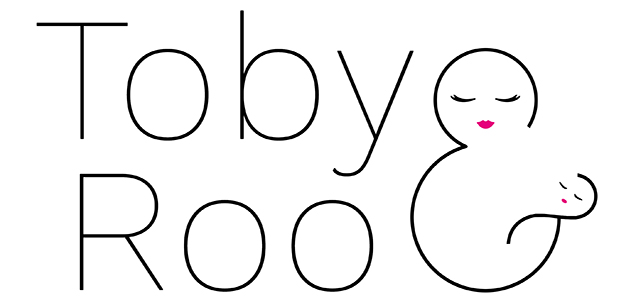
I feel incredibly lucky to have been able to pose my questions to a lactation expert from Medela, not only has she allayed my fears but I hope this will help a few of you mamas out too!
I am delighted to announce that I am going to be working alongside Medela during my breastfeeding journey, using their products and learning from their experts as I go. I will be writing a series of blog posts that will be found under the My Medela breastfeeding series title, and I’m hoping it will be hugely helpful to all of the expecting or breastfeeding mamas out there.
I’ve been really lucky to be given the chance to pose a few of the questions that have been playing on my mind to Medela’s lactation consultant, who has a wealth of knowledge and has really put my mind at ease. While my questions might not seem important to everyone, these are the things that have been playing on my mind and causing me to worry, and let’s be honest, every mother has different things that concern them, different concerns about feeding.
So here are my questions and the wonderful answers that have allayed my fears:
Firstly, how will I know if my baby has a good latch? Toby really struggled in the beginning and I have heard of things like tongue ties etc and I have no clue how to determine if a baby has anything like this?!
In the first few days after birth you are producing colostrum, moving to milk coming to volume to establishing your milk supply; and as you both practice you are giving your breasts the recipe for milk production. It’s important to get the latch right, but, a lot of practice makes perfect. A good latch should feel comfortable for mum. When your milk comes to volume (3-5 days on average) you will hear your baby suck and swallow milk. With lots of active burst of sucking and swallowing you support effective milk removal from the breast. Feeds may take longer in the first few weeks because you are both learning but within a few weeks the time gets a lot more efficient and your baby may then want to move and have the pair of breasts. The stools change from Meconium to a green changing stool and eventually to a very soft mustard coloured stool.
When a latch isn’t great mum often feel sore and have cracked nipples, the nipple looks distorted and is shaped like a Wedge > rather than as a rounded tip and it may be blistered. Mum often says it hurts whilst feeding. Babies may feed frequently and are unsettled and cannot maintain a latch when the position is shallow.
To get a good latch baby needs to be able to be open her mouth wide. Support your baby by placing your hand behind her shoulder blades allowing her head to tilt slightly backwards. Place her chin to the underside of the breast and her nose to your nipple and brush the nipple over her lips to encourage her to open wide and then gently bring her in.
Her tongue comes over her lower gum and your nipple falls into her mouth so that the tip is slightly before her hard and soft palate junction. It should feel comfortable and she should have a good seal on the breast and you just hear her sucking and swallowing.
If you can hear clicking noises then the latch is shallow and you may get nipple pain and soreness. If your baby’s stools are not mustard coloured by the end of her first week then she probably isn’t getting a good milk transfer. You need to get this checked out.
Tongue tie is when the frenulum (a strip of tissue that connects the tongue to the base of the mount) is a lot more forward and in some severe cases it’s at the tip of the tongue. Tongue ties need to be properly assessed; a full breastfeeding history taken, a feed observed and a chat with mum around stools, urine and weight gain as well as mums comfort before the decision to release and having a small surgical operation. Sometimes just adjusting a position can improve the latch, how you hold baby, the position, and your breast shape too can affect the latch and improve things.
Top tip is to get your latch checked and a feed observed by your midwife if you are unsure. Join a group or know where your local breastfeeding support group is so that you can go for a brew and chat.
…………………………………………………………………………
I have a wedding coming up a few months after baby is due to be born, I’m a bridesmaid and I want to look my best. I have gained a tonne of weight this pregnancy, it’s not all down to baby! Can dieting effect my lactation and supply? Is there a way to help shed the excess weight without compromising this special time if so?
Breastfeeding is a great way of getting your figure to a more comfortable place for you after delivery, as you are burning off extra calories that you have put down in your body stores during pregnancy for using up to make milk for your baby.
Crash diets are not recommended as they will have an impact on your milk supply. In the first month concentrate on getting breastfeeding established, eat a sensible diet so lots of healthy snacks are good rather than grabbing chocolate / crisps etc. Once you feel that it’s all established both Slimmers World and Weight Watchers provide extras for breastfeeding mums but the benefits of joining these are that the nutrition plans account for those extra calories you need whilst you can also loose and tone up.
Once you have had your 6 week check you can also join a gym or postnatal yoga class. Before this you can start with gentle walks with your baby in the pram, gentle power walking, walk up and down a flight of stairs more often, a great tip is to increase your pelvic floor exercises too. With the exercise take it gentle as your ligaments are still very flexible and if you have a c section wait until you have your postnatal check.
If all else fails there are always control knickers but all they do really is shift it up or down. You have a goal so you can start now whilst you are still pregnant – again with these groups – its sensible lifestyle eating not Dieting.
http://www.slimmingworld.com/rcm/post-pregnancy/breastfeeding.aspx
http://www.weightwatchers.com/util/art/index_art.aspx?tabnum=1&art_id=24571
…………………………………………………………………………….
Finally, are there any herbs or foods that are especially beneficial when breastfeeding or that should be avoided? I quickly learnt with Toby that chilli was a no go unless I wanted a screaming baby but it would be really helpful to know in advance what to add or avoid on my pre baby shopping list 🙂
Some Asian cultures incorporate a lot of herbs and spices into their diet such as fenugreek to increase and sustain the breastfeeding hormones. If you are taking additional herbal remedies do be careful with how you prepare them and what dose you take. Herbal remedies are not regulated in the same way as medications and there are some are contraindications and cautions even with herbal preparations.
What is known is that some foods in mum’s maternal diet can make little ones a little more gassy ‘acute 24 hr colic’ such as onions, garlic, cabbage, sprouts, cauliflower, chocolate, dairy products and diet drinks. Spices and caffeine are less influential but it is worth seeing what the following day does in regards to your baby’s behaviour. Eat normally and enjoy the lovely Sunday / Christmas day dinner but if you know that “stuffing and sprouts” make both of you feel off and bloated either prepare yourself for a quiet cuddles day in next 24hrs or make an alternative to your meal – add peas and more carrots etc.
There is no rule of thumb that food should be avoided as each baby is an individual and depending on the age of the baby the symptoms of colic may differ.
Colic is a multifactorial and has only been in the headlines for last 30 years. It is less likely to occur in breastfed babies but it’s a case of trial an error to see what foods give more unpleasant effects – enjoy the foods that you prepare. A good balanced diet is important as you need to provide your body with those essential calories and nutrients such as iron, vitamins and minerals that are high in vegetables.
http://www.breastfeedingnetwork.org.uk/wp-content/pdfs/Colic.pdf
……………………………………………………………………
I hope that some of your will relate to my fears and that these wonderful answers will have helped you the way they have me. I know that advice with regards to healthy diets, what foods to avoid and how to ensure a good latch can be really helpful for so many mamas, so I hope that you will share this with all of your breastfeeding friends (or even pregnant friends hoping to breastfeed!)
Harriet x



This is really helpful! The second question is so relevant to me, except in going to be the bride haha 🙂 xx
Oooh that is so exciting Emily! Good luck, I hope you have a wonderful day and I will look forward to seeing pictures on the blog maybe? xx